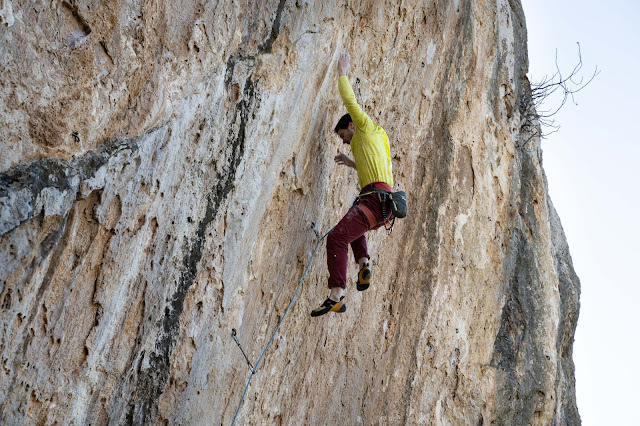Tall or short: what's better for climbing hard?

This seems to be a controversial topic, probably because the answer is not as simple as in many other, especially well established, sports (and because climbers love excuses to why they didn't send). Virtually all of the athletes in, for instance, high jump are tall. In gymnastics you retire already during the puberty, if you grow over a certain height. Still, even in the long-established sports the outliers sometimes can perform surprisingly well - before the first victories of Usain Bolt everyone thought that being short and muscular (not that he isn't muscular, but other sprinters are often more muscular) is the optimal body type for the 100 m dash. And probably it is the optimal body type - one or a small number of outliers don't flip the rule, they weaken it. Nevertheless, in running disciplines, be it a sprint or a marathon, athletes tend to have quite similar stature , seemingly less diverse than in climbing. Bouldering World Cup podium, Meiringen 2021. Photo by P


